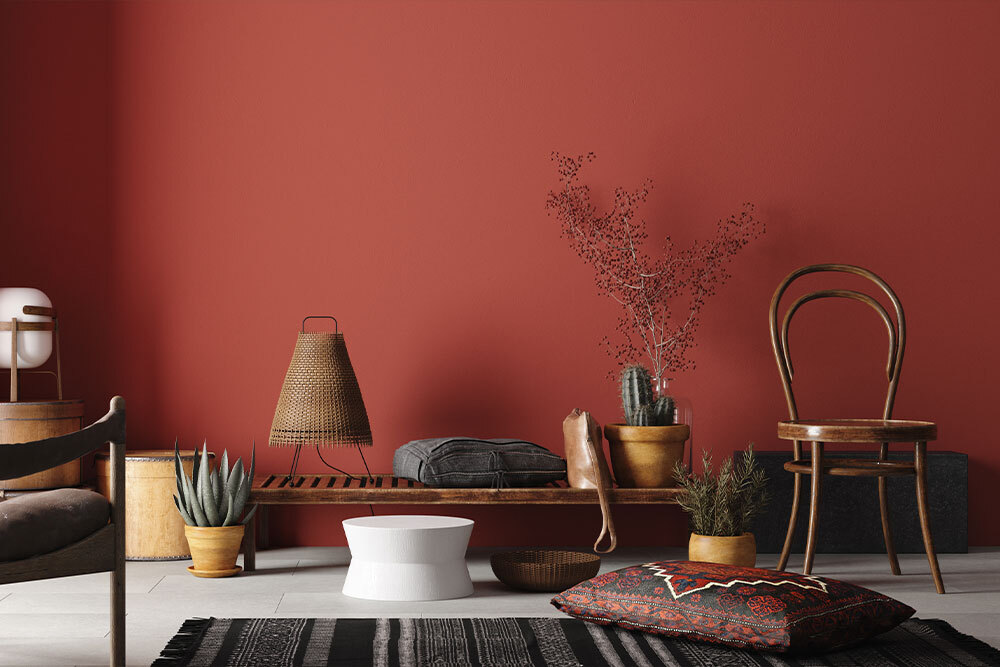Is priming before painting really necessary? Why is it recommended by experts even when it adds cost and time to your project? Let’s find out that in this article that includes various benefits of priming and also those situations as well when it is not required.
Why prime before painting?
There are specific scenarios when you should use a primer and there are those situations as well when you can skip using it. But first of all, let’s discuss the advantages of priming. It is not just a useless coat of white paint applied under the colored paint. Some of its benefits are mentioned below:
- Brings the paint color back to neutral
- Helps in blocking out stains and odors
- Provides a surface for the paint to stick to
- Helps in sealing pores in unpainted surfaces like drywall and wood
- Helps in covering imperfections like patched or repaired parts of the wall
- Helps in optimizing the surface. Thus, lesser coats of top coat paint are required.
Primer actually saves money and time by providing these benefits. It is cheaper than paint and helps in coating the surface and taking care of several issues. Fewer coats of top coat paint and less time are required for the completion of the project once priming is done.
When to use a primer?
After knowing the benefits of interior and exterior wall primers, you should understand in which painting situations you should use them. These include the following:
New drywall or unpainted wood
These surfaces are quite absorbent. A coating of paint vanishes quickly as it is absorbed into the material. Thus, one ends up putting so many coats on to get a properly covered area. Wasting the costly paint on material absorption makes no sense at all. Primer is pocket-friendly and it fills the pores and makes the surface ready for painting. After priming, only one or two coats of the paint are required.
Major color changes
Painting over the existing color will not give the correct color of the new topcoat in case you are switching to a major color change. The old color will get mixed with the new color and the resulting shade will be a combination of both. But by using the wall primer, you will get the correct color as it will bring the surface back to white to start over. If you are going from a dark color to a light color, then using a primer is even more important.
Painting over glossy or oil-based paints
The new paint requires a surface it can stick to and if you are painting over oil-based or glossy paint, then it will not work. Using a bonding primer would be good as it will adhere to the glossy surface, thereby offering an outer layer. The top coat paint can stick to this layer.
Patched or repaired drywall
Spackle or joint compound is used if you want to repair the drywall. Patches along the wall are created then. If you paint over these patches without priming, then they will stick out as these patches are a different color than the current paint. These imperfections get invisible after priming as it gets all surfaces back to a neutral white. Choosing the right shade of paint is very important to get exactly what you are looking for. Along with that, choosing the best quality wall primer is equally crucial. To help you with this, Sirca is there for you. Its offered Trucare interior and exterior wall primer will give you complete worth for your money.

